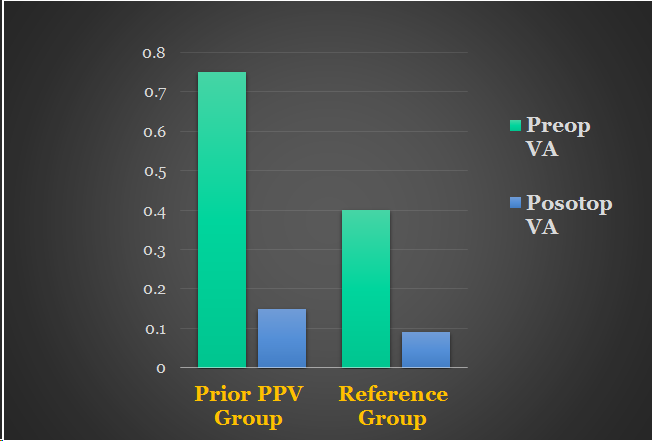Cataract surgery and vitrectomy
Cataract surgery safe and effective in vitrectomised eyes but complications more common.

Roibeard O’hEineachain
Published: Wednesday, May 1, 2019
 LogMAR Visual Acuity outcomes
LogMAR Visual Acuity outcomes
 Dimitrios Chiras MD, PhD, FEBO
Dimitrios Chiras MD, PhD, FEBO